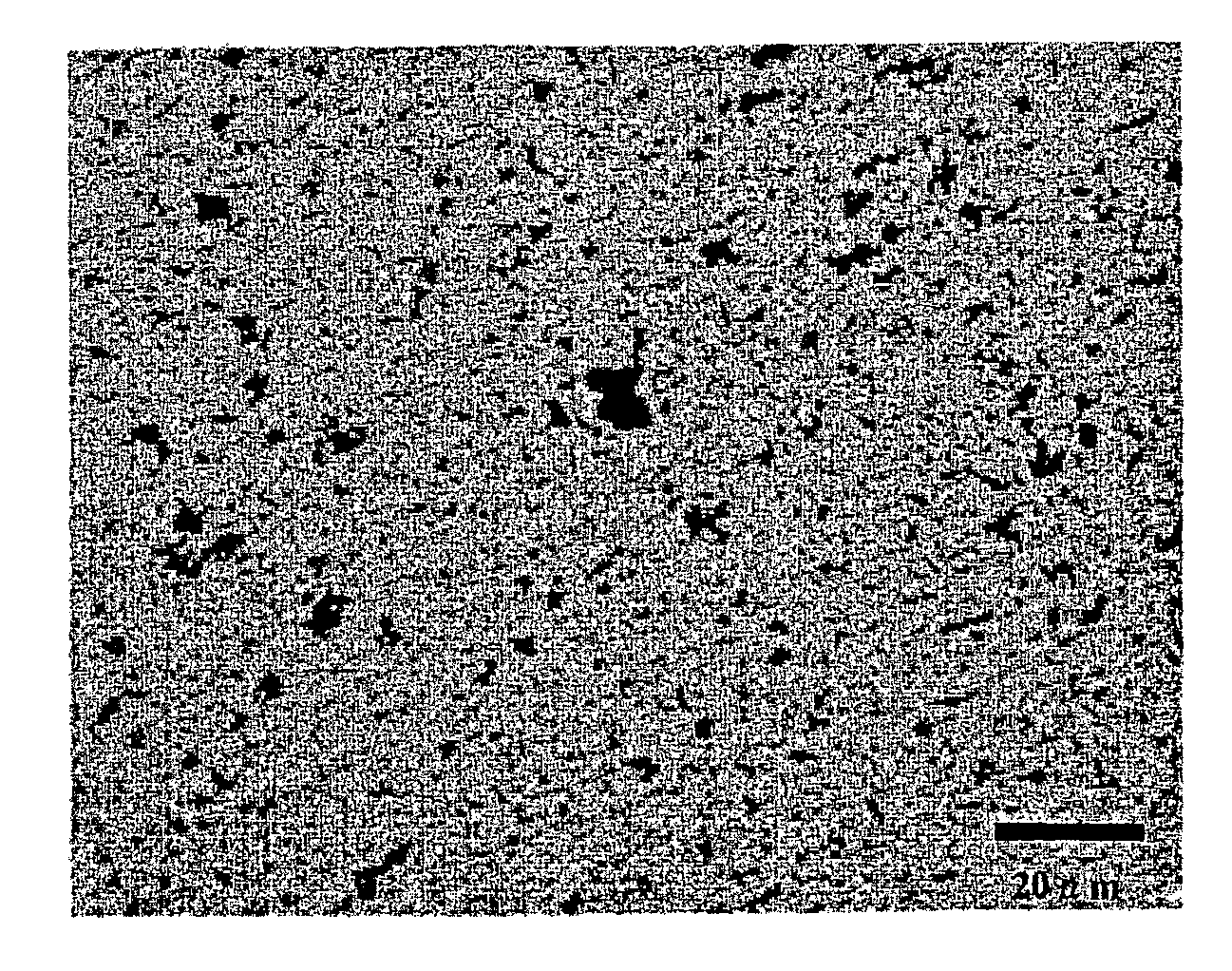Electroconductive Resin Composition, Production Method and Use Thereof
- Summary
- Abstract
- Description
- Claims
- Application Information
AI Technical Summary
Benefits of technology
Problems solved by technology
Method used
Image
Examples
example 1
[0100]90 mass % of polycarbonate resin (Iupilon H4000 manufactured by Mitsubishi Gas Chemical Company, Inc.) and 10 mass % of carbon fiber 1 were molten-kneaded at 240° C. and 80 rpm by using a Labo-Plastmill (manufactured by Toyo Seiki Co., Ltd.) for 10 minutes (mixing energy: 850 MJ / m3) and then molded into a plate of 10 mm×10 mm×2 mmt by using a 50 t thermoforming device (manufactured by Nippo Engineering Co. Ltd.) under the condition of the temperature of 250° C., the pressure of 200 kgf / cm2 and the time of 30 seconds, to thereby obtain composite 1. The optical micrograph of a cross section of the plate is shown in FIG. 1 and the analysis result of the aggregate diameter in the micrograph is shown in FIG. 2.
example 2
[0101]Polycarbonate resin (Iupilon H4000 manufactured by Mitsubishi Gas Chemical Company, Inc.) and carbon fiber 2 were kneaded (mixing energy: 950 MJ / m3) in the same manner as in Example 1 and then molded to thereby obtain composite 2.
example 3
[0102]Polycarbonate resin (Iupilon H4000 manufactured by Mitsubishi Gas Chemical Company, Inc.) and carbon fiber 3 were kneaded (mixing energy: 820 MJ / m3) in the same manner as in Example 1 and then molded to thereby obtain composite 3.
PUM
| Property | Measurement | Unit |
|---|---|---|
| Fraction | aaaaa | aaaaa |
| Percent by mass | aaaaa | aaaaa |
| Percent by mass | aaaaa | aaaaa |
Abstract
Description
Claims
Application Information
 Login to View More
Login to View More - R&D
- Intellectual Property
- Life Sciences
- Materials
- Tech Scout
- Unparalleled Data Quality
- Higher Quality Content
- 60% Fewer Hallucinations
Browse by: Latest US Patents, China's latest patents, Technical Efficacy Thesaurus, Application Domain, Technology Topic, Popular Technical Reports.
© 2025 PatSnap. All rights reserved.Legal|Privacy policy|Modern Slavery Act Transparency Statement|Sitemap|About US| Contact US: help@patsnap.com


